What is the difference between a bolt and a screw?
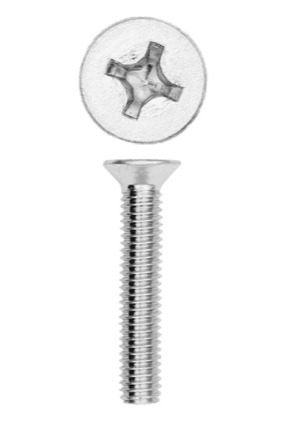
Screw type connectors are very popular, especially when it comes to building, renovating or assembling furniture. The most famous representatives of this type are bolts and screws, which can be easily confused with each other, not knowing about their features and individual characteristics.
To easily determine which type of fastener you need, it is recommended that you familiarize yourself with the main distinguishing features and areas of application of bolts and screws.
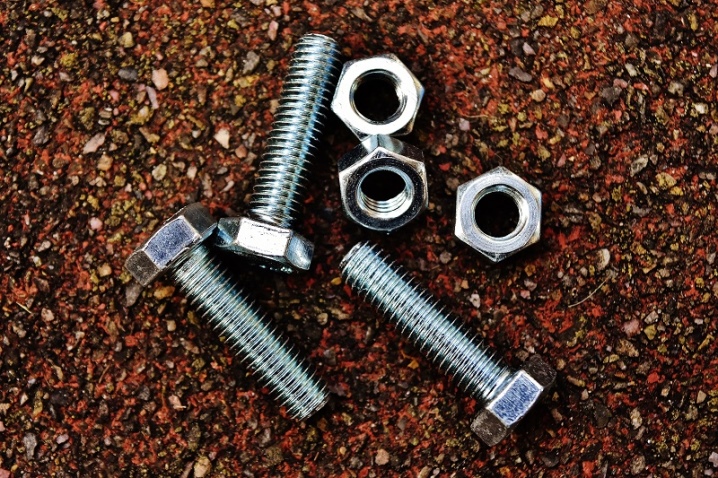
What it is?
Before you begin to identify similarities and fundamental differences, you need to familiarize yourself with the characteristics and consider the definitions of these details.
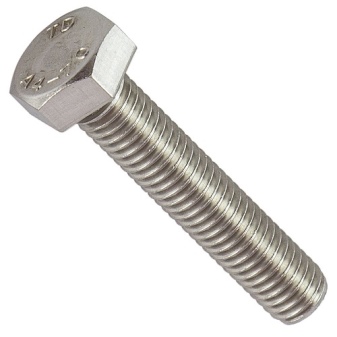
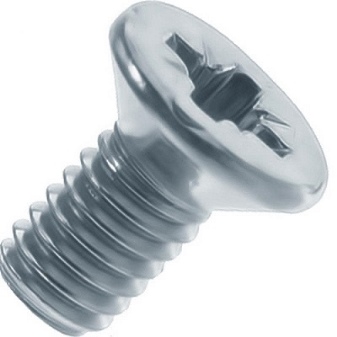
Bolts
Bolts are fasteners that consist of a rod with a head. The head has a smooth surface and a screw-type thread is applied to the outer part of the bolt. Most often, the head of the bolt has several edges, and its flat surface excludes the use of screwdrivers. That's why bolt-on work is done only with wrenches.
Most often, the head of the bolt is presented in the form of a hexagon, although there are exceptions with four faces, but such options are used, rather, as a decoration, since there are no wrenches of this type, and it is rather difficult to work with them.
The fastening of bolts is most often carried out by connecting the element leg with a washer and a nut and, despite all the nuances, is considered the strongest and most reliable.
It is also worth noting that the threaded part of the bolt leg can take up a smaller part of the entire space, and such products are most often used for through fastening of parts of any structure.
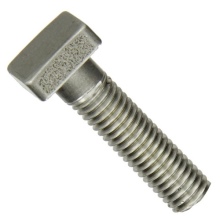
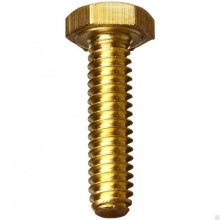
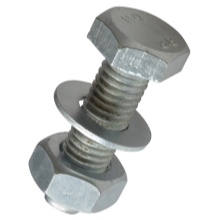
In some cases, a fastening with a threaded hole is used, but here you need to be especially careful. The bolt must fit snugly into this hole, which means it must match in size. If the part turns and there is a potential risk of slipping out, you need to find another part for fastening, otherwise you can forget about the reliability of the structure.
There is a classification of bolts depending on the field of application and their respective manufacture.
- Rough type of fastener it is applied in areas where there is no high level of stress, and is made by stamping from a high carbon steel alloy. It is also worth noting that after manufacturing the part is not subjected to additional processing.
- Unlike the first option finishing type of fasteners undergoes full processing in the manufacturing process, and the metal alloy - alloy steel - is of a higher quality. Accordingly, these characteristics allow it to be used in high-load installation areas.
- The most common to use is semi-finished type of fastening, because it is something between the two previous types and more versatile.
Its main difference lies in the fact that the bolt head is not subjected to additional processing during stamping in accordance with GOST, in contrast to the leg.

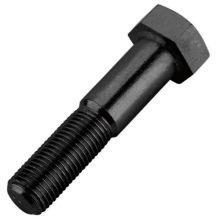
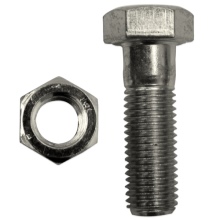
Bolts are marked in a certain way, taking into account all existing standards... The head of the product is stamped with data on the manufacturer, material strength class and permissible load, and in some cases, a left-hand thread is indicated (since the right-hand thread is standard, its direction is not indicated).
Thus, if you see a stamp, for example, with the numbers 9.9, you should know that such a connection cannot withstand a load of more than 9 tons per 1 square centimeter.
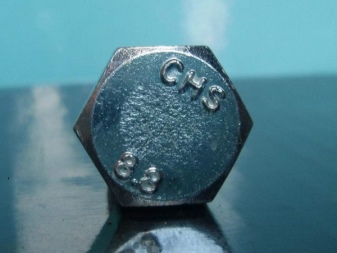
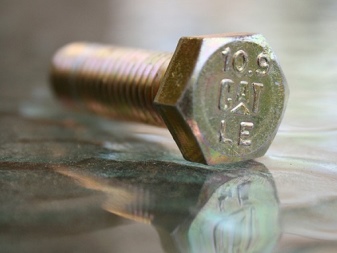
Screws
The very name of this element is of German origin and is interpreted as "carving", which directly indicates the presence of any carved parts for parts of this kind. This element consists of a leg, which has a round shape and a thread on the outer part, as well as a head, on the upper part of which there is a characteristic slot. The leg is screwed into any surface or corresponding hole, thereby fixing various parts. And the thread in the screw head is needed in order to hold the tool that facilitates the screwing of this fastener.
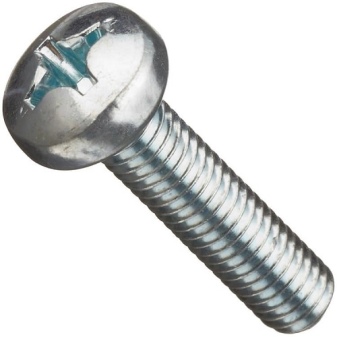
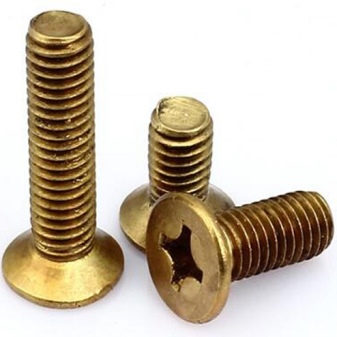
The structure of the screw is quite monotonous, but, despite this, its appearance may differ in some parameters. For example, by the height of the leg, the size of the cap, which is also often called the head, or its type. Most often, there are products with certain head shapes.
- Cylindrical shape great for working with hex screwdrivers or wrenches.
- Hemisphere shape more suitable for interaction with flat and Phillips screwdrivers. Also, some heads of this type are made in such a way that they are suitable for using any screwdriver tools and are universal.
- Truncated cone shape it is used when it is necessary to perform some kind of hidden type of work. As a rule, such a fastener is screwed into the body of the part and covered with a special cover.
When working with this type of head, you can use both a hex wrench and various types of screwdrivers.
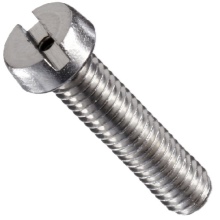
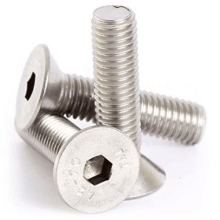
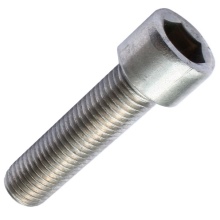
Each screw type fastener is also labeled according to its parameters. For example, a designation that looks like this - 2x10, indicates that the screw has a foot, the diameter of which is 2 millimeters, and the length of the thread is 10 millimeters. Thanks to this type of marking, even in the absence of experience in construction work, you can easily select screws of a suitable size, you just need to clarify the initial parameters of the parts to be fastened.
The screw is fastened in several ways.
- The screw leg is screwed into a specially prepared hole, which is quite dense, and is in close contact with the threads, or has a corresponding internal marking, which will not allow the product to slip out and securely fix it inside.
- Fastening is done with nuts and washers. This method is used in the case of fastening together several parts with through holes. To fix it, you will first need to put a washer on the screw leg, and then tighten the nut, which also has a screw-like thread on the inner surface.
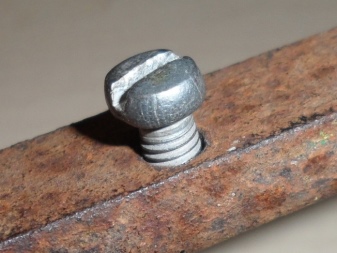
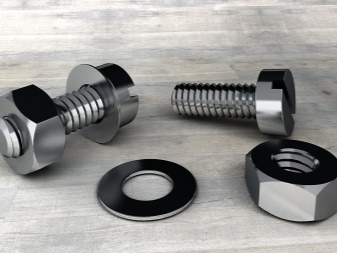
The main differences
So, having considered the main characteristics and definitions of bolts and screws, we can begin to identify the distinguishing features of these products.
- First of all, they differ from each other in the way of fastening. The screw, although it allows the use of nuts, is nevertheless intended for fastening in threaded holes, just like a bolt for connecting to certain parts.
- Most often when placing the bolt remains stationary, and only the part interacting with it is subject to scrolling. The screw, in turn, is fully rotated during placement, up to the end of the threaded connection and fully secured.
- As previously mentioned, when working with these parts, different tools are used and some kind of universal wrench or screwdriver, unfortunately does not exist.
- The difference between these fasteners also lies in the fact that absolutely all types of bolts are equipped with a head, some concealed screws do not.
- Also, these elements differ from each other in that their heads are positioned differently when fixed. The head of the bolt always remains on the joint surface, while the helical top becomes integral with the surface as it is screwed into the part.
- The thread markings for these elements may also vary somewhat.... For example, a screw leg has threads all over the surface, while a bolt only has a thread on a certain part. For this factor, it is very easy to distinguish them from each other.
- In addition, the differences lie in the strength of the connection using these fasteners. Screw connections in the calculations take into account only the indication of the tensile load along the axis, which leads to rupture.
Bolted connections are more durable, since they take into account not only the risks of rupture, but also the shear.
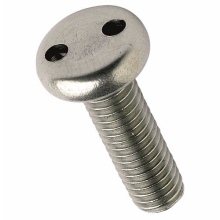
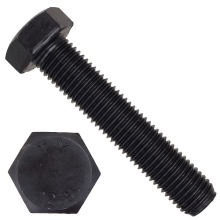
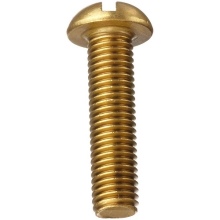
What to choose?
To understand which fastener you need to choose, it is recommended that you pay attention to the area in which you are going to apply them.
Let's take a closer look at the area of use of bolts.
- Very often bolted connections are used in the manufacture and assembly of furniture paraphernalia. When making your own furniture, you will have to select bolts on your own, but in the case of purchasing finished products, all components will be attached, as well as the tools necessary for working with fasteners.
- Bolts of a certain size are actively used in mechanical engineering, especially for the adhesion of important parts. Thanks to the reliability of such fasteners, there is no doubt about the safety of various automotive and other mobile structures.
- Very often, some types of bolts are used in strengthening masonry and the adhesion of the undercarriage of the machines to their main frame. Such bolts are called anchor bolts and are the largest and strongest of the entire range of this type. They can also be seen in use in the installation of window and door structures, in the manufacture of lamps, as well as in the installation of suspended and suspended ceilings.
- Another unusual view - eye bolts, which have a non-standard size and scope. The thing is that instead of a head, this fastening element has a mounting ring, which, together with its large-scale dimensions, allows it to be used in fastening structures for cables and chains with a lifting mechanism.
- Also, one cannot fail to mention the use of bolt fasteners. in medicine, for example, when performing dental or orthopedic surgery.

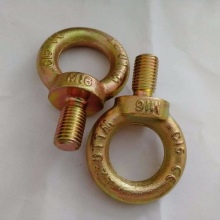
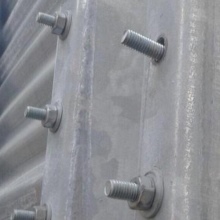
As for the screw fastening method, it is also actively used in some areas.
- Tapered thread on screw fasteners allows the use of parts both with through holes and in blind structures. This is most often found in the connection of furniture elements that are not subject to high loads, since otherwise the thread may be deformed and the structure will collapse.
- Flat end bolts allow their use in industry and agriculture, but with one caveat - they cannot be screwed in even at the smallest angle of inclination, since the reliability of the fastener will be ensured only due to the perpendicular arrangement.
- Hidden head screws used in the assembly of furniture, or rather, when connecting several wooden parts with a flat shape. It is when using this type of fastening that the structure can be provided not only with reliability, but also with an attractive appearance.
- Screws are also heavily used in mechanical engineering, performing various functions.
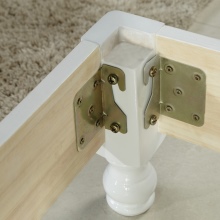
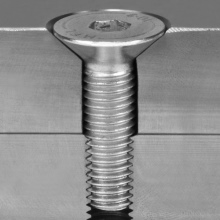
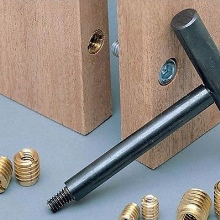
You can find out how the bolt, screw and screw differ from the video below.













The comment was sent successfully.